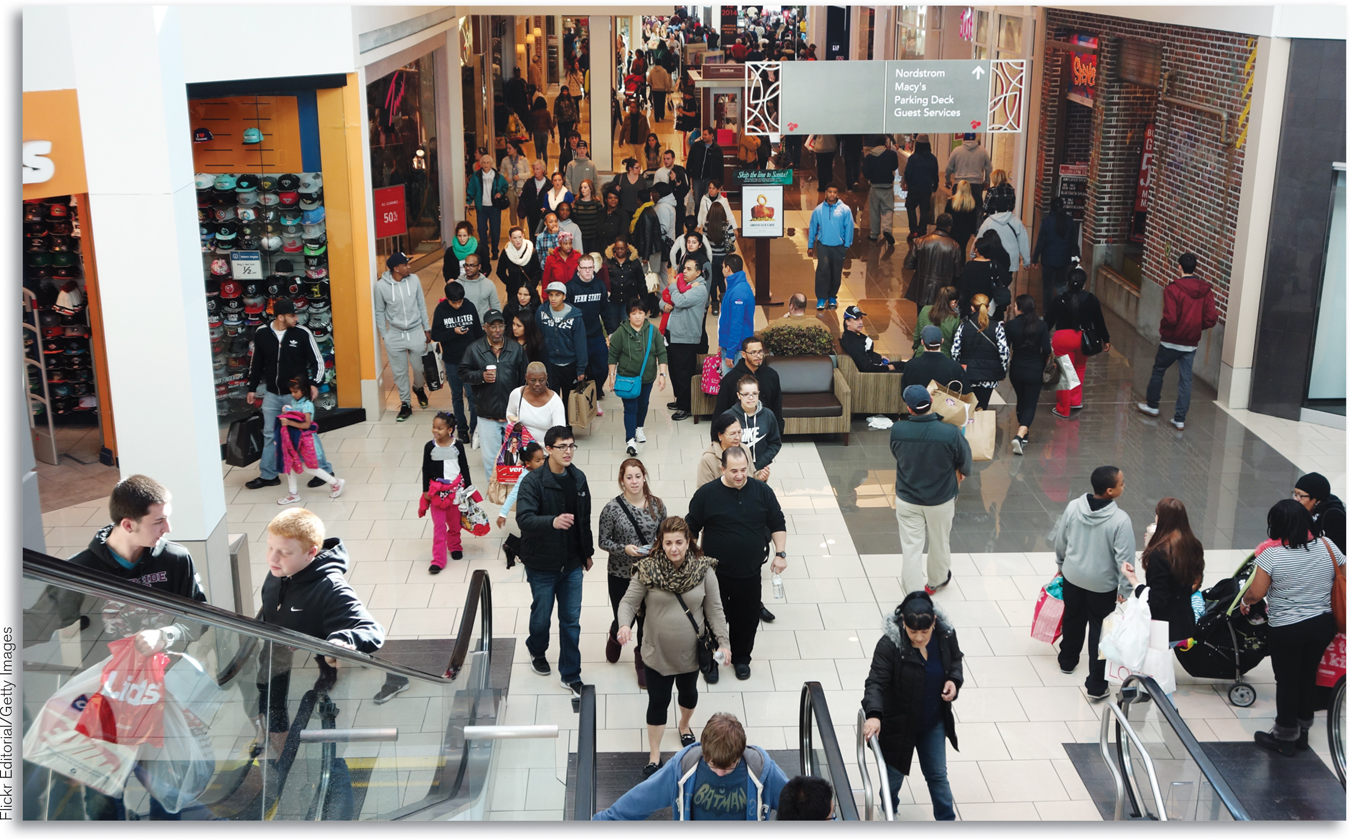Introduction: The Ordinary Business of Life
ANY GIVEN SUNDAY

IT’S SUNDAY AFTERNOON IN THE spring of 2014, and Route 1 in central New Jersey is a busy place. Thousands of people crowd the shopping malls that line the road for 20 miles, all the way from Trenton to New Brunswick. Most of the shoppers are cheerful—
There are probably 100,000 distinct items available along that stretch of road. And most of these items are not luxury goods that only the rich can afford; they are products that millions of Americans can and do purchase every day.
The scene along Route 1 on this spring day is, of course, perfectly ordinary—
What can economics say about this “ordinary business”? Quite a lot, it turns out. What we’ll see in this book is that even familiar scenes of economic life pose some very important questions—
How does our economic system work? That is, how does it manage to deliver the goods?
When and why does our economic system go astray, leading people into counterproductive behavior?
Why are there ups and downs in the economy? That is, why does the economy sometimes have a “bad year”?
Finally, why is the long run mainly a story of ups rather than downs? That is, why has America, along with other advanced nations, become so much richer over time?
Let’s take a look at these questions and offer a brief preview of what you will learn in this book.